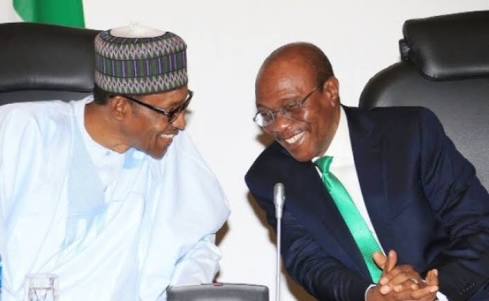There are no products in your shopping cart.
| 0 Items | £0.00 |


NIGERIA'S debts rose by N20.8trn ($50.4bn) between July 2015 and December 2020 to N32.92trn ($79.8bn) as a result of increased government borrowing according to the latest statistics just released by the Debt Management Office (DMO).
According to the statistics, Nigeria’s total debt as of June 30, 2015 stood at N12.12tn but as of December 31, 2020, the country’s debt portfolio had risen to N32.92tn. This shows that within a period of 66 months or five and half years, the country’s debt had risen by N20.8tn, while Nigeria's debt portfolio rose by 171.62%.
Most of the country’s debts were incurred by the federal government. Of the total debt of N32.92tn, the federal government has a total of N26.91tn, leaving a balance of N6.01tn to sub-national governments, mainly, the 36 state governments and the Federal Capital Territory administration.
According to the DMO, the implication of this is that 83.78% of Nigeria's debt stock belongs to the federal government, with the sub-national government accounting for 16.22%. Further analysis shows that domestic sources accounted for N20.21trn of the debt, while external sources accounted for N12.71trn.
In percentage terms, external debts accounted for 38.6% of the total debt portfolio while domestic debts accounted for 61.4%. Nigeria's increasing debt profile is also reflected in the growing cost of debt servicing which has ridiculed the nation’s dwindling revenues in recent years.
Within the period of 66 months under review, the country spent N10.26trn on debt servicing. While servicing local debts gulped N8.53trn between July 2015 and December 2020, servicing external debts gulped N1.72trn from 2016 to December 2020.
Also, the data provided by the DMO showed that from July to December 2015, N489.59bn was expended on servicing local debts. From January to December, a total of N1.23trn was spent to service the country’s domestic debts in 2016 but by 2017, this figure rose to N1.48tn.
In 2019, Nigeria spent $1.33bn on external debt servicing and by 2020, this figure had grown to $1.56bn. Given the high cost of local debt servicing previously, the federal government deliberately moved to secure more external loans but dwindling revenues arising from low receipts from oil and gas exports presented a new problem.